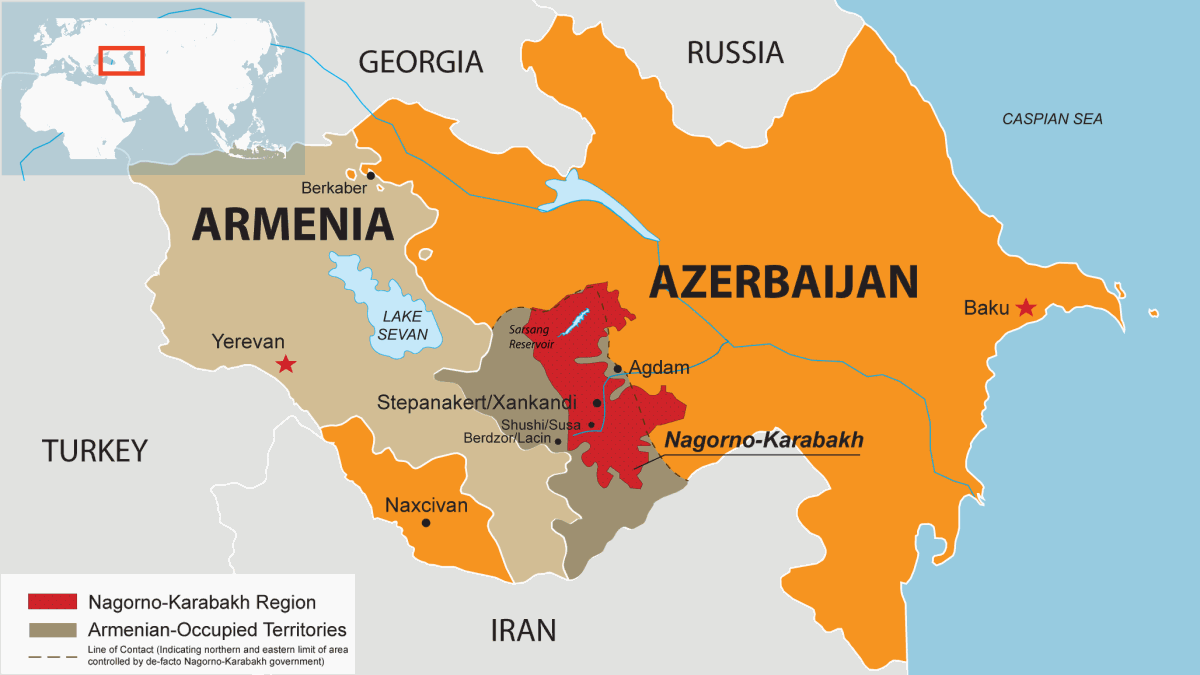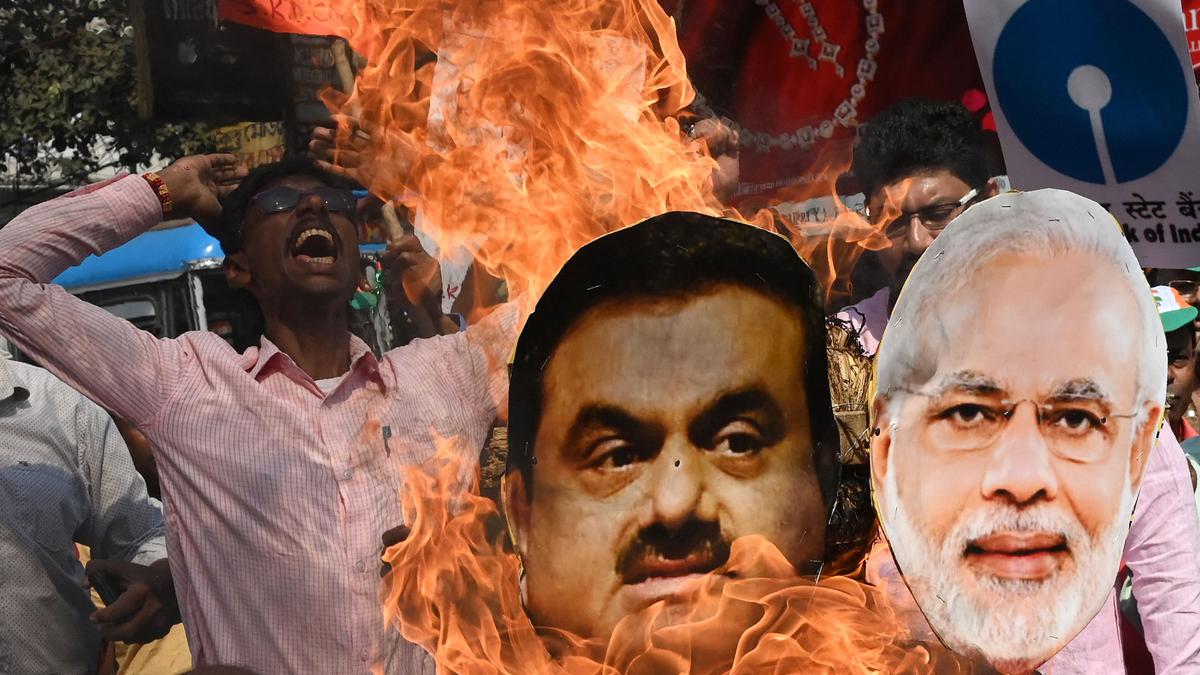- Recent improvements in the Indian telecom sector are aimed at preventing cybercrime and financial fraud.
- The revisions are centred on amending bulk SIM card procurement guidelines and recording final places of sale (PoS).
- The goal is to improve the effectiveness of the citizen-centric portal Sanchar Saathi, which was launched earlier for the same aim.
Sanchar Saathi: Empowering Citizens
- Sanchar Saathi enables citizens to manage and prevent the misuse of mobile connections.
- Users can use IMEI to check device authenticity, prevent stolen or lost phones, report suspicious connections, and verify registered connections.
- Central Equipment Identity Register (CEIR) and Telecom Analytics for Fraud Management and Consumer Protection (TAFCOP) modules are used in the system.
- Sanchar Saathi has already examined 114 crore active mobile connections, detected 66 lakh suspicious connections, and terminated 52 lakh.
- Other accomplishments include the disabling of 66,000 WhatsApp accounts and the freezing of 8 lakh bank/wallet accounts linked to fraud.
- Under the programme, over 300 FIRs have been filed against over 1,700 sellers.
Reforms at the Point of Sale (PoS)
- SIM card franchisees, agents, and distributors (PoS) must register with telecom carriers under the reforms.
- Operators are responsible for thorough PoS verification, which includes required police verification.
- Written agreements for SIM card sales between PoS and licensees are now required.
- Current SIM card providers have a year to comply with the new registration process.
- Noncompliance results in dismissal, a three-year blacklist, and a Rs 10 lakh fine.
Addressing the Issue of Bulk SIM Card Misuse
- ‘Business’ relationships replace ‘bulk procurement’ in the new strategy.
- Businesses can obtain several connections, but each end-user must go through KYC.
- KYC entails end-user verification, SIM card activation only after successful KYC, and address verification.
- Demographic information must be obtained by scanning the QR code to prevent misuse of printed Aadhaar.
- For SIM replacement, subscribers must provide full KYC; outgoing and incoming SMS services are suspended for 24 hours during this process.
- Biometric identification options are offered, including thumb impression, iris, and facial recognition.
- For the next 90 days, disconnected mobile numbers cannot be allocated to new subscribers.
Considerations and Obstacles
- Effective local enforcement for smaller retailers should be investigated.
- Concerns have been raised about infrastructure and protections for sensitive data handling.
- Clarity is required on agent requirements for data collecting, processing, and retention.
- Despite Aadhaar-based KYC, there are still difficulties in fraud prevention that require addressing.
- Data collecting should be strictly related to the intended objective.
Considerations and Obstacles
- Effective local enforcement for smaller retailers should be investigated.
- Concerns have been raised about infrastructure and protections for sensitive data handling.
- Clarity is required on agent requirements for data collecting, processing, and retention.
- Despite Aadhaar-based KYC, there are still difficulties in fraud prevention that require addressing.
- Data collecting should be strictly related to the intended objective.
Conclusion
- The telecom reforms are intended to improve cybersecurity and financial safety.
- It is critical to strike a balance between effective data collecting and privacy.
- A strong cybersecurity architecture requires constant awareness and adaptability.
Source: https://www.india.gov.in/spotlight/sanchar-saathi-portal





